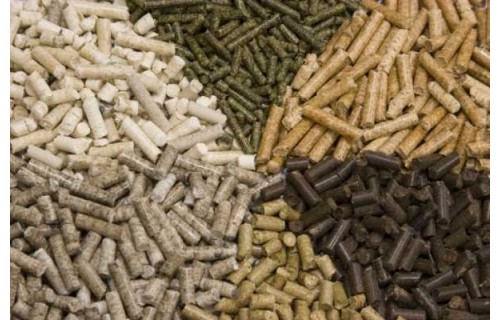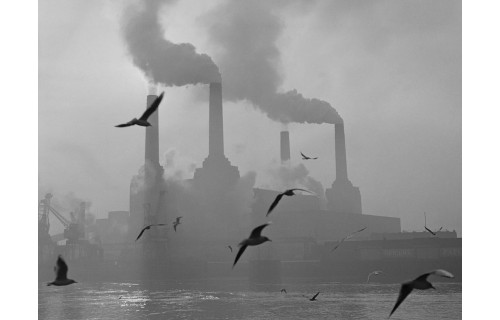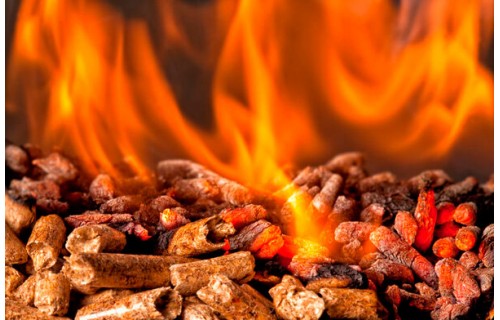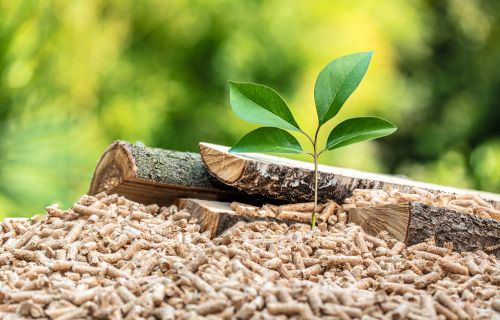Choosing the right fuel: briquettes vs. charcoal

Choosing the right fuel: briquettes vs. charcoal
Choosing the right fuel for your home stove, boiler, or garden grill can be quite a challenge, and the plethora of options available can be overwhelming. Seeking advice online, you may come across differing opinions - some people prefer briquettes, while others are enthusiastic about charcoal. Let's take a closer look at these two fuels.
Briquettes and Charcoal - Production
A briquette is a fuel usually found in the form of pressed briquettes made of finely-grained solid fuel. Sawdust, peat, coal dust, straw, and other agricultural waste are used in its production. These materials are fed into a briquette press where they undergo a briquetting process involving pressing the finely ground waste under high pressure without the use of binding agents.
Charcoal, sometimes also called carbon black, is a fuel produced by the dry distillation of wood. The primary method of obtaining charcoal is burning - currently carried out in very large steel retorts. Unlike briquettes, charcoal loses 80% of the mass of the initial substance. For comparison: With an initial mass of 5 kilograms of biomass, a pelletizer is able to produce 3.3 kg of pellets, while after burning 5 kg of wood, we get one kilogram of charcoal.
Applications:
Briquettes, as a fuel, come in many types and have many applications. They are burned in tiled stoves, heating boilers, and fireplaces. Coal briquettes are also used for recreational purposes, such as grilling. Due to their properties, they also serve as a starter fuel - one to which the target fuel is added after ignition.
Charcoal is currently used only for recreational or cultural purposes. Due to its fragility, tendency to dust, and disproportionately large volume relative to mass, carbon black is used less and less as fuel for stoves or boilers. However, this fuel has many supporters in the field of gastronomy. Thanks to its characteristic aroma and natural origin, charcoal is perfect for grilling and smoking - it definitely enhances the taste of many dishes, and a seasoned nose will easily be able to detect its "woody" aroma.
Efficiency of Briquettes vs. Charcoal
Briquettes are one of the most efficient fuels considering the ease of their production. The fuel obtained by passing straw through a briquetting press has a calorific value between 15 and 17 MJ/kg. For comparison, this indicator for hard coal is about 30 MJ/kg, for brown coal about 6 MJ/kg, and for pellets about 19 MJ/kg. You can learn more about pellet efficiency in our article here.
The energy value of charcoal exceeds the capabilities of briquettes. For carbon black, it is 30 MJ/kg. It is worth noting here the much lower density of charcoal, which means that despite its high energy value, it is an impractical fuel and requires a lot of storage space. The density of charcoal is 0.2 - 0.5 g/cm3 while the density of fireplace briquettes is around 1.2 g/cm3. In practice, this means that one ton of charcoal can take up as much space as six tons of briquettes. In terms of storage and transportation, this is an advantage that is difficult to overestimate.
Briquettes and Charcoal - Eco-fuels?
In the era of intensifying climate change and the annual fight against smog during the winter period, the low-emission nature of fuels is increasingly being discussed. The so-called carbon footprint, i.e. the amount of CO2 released into the atmosphere during combustion, is one of the criteria for choosing fuels for many consumers. In addition to carbon dioxide, it is important to reduce other harmful chemical substances that enter the air we breathe through our chimneys. In the case of both briquettes and charcoal, we can talk about low-emission fuels belonging to the group of the least environmentally harmful fuels. However, it should be noted that charcoal is most often produced from trees specifically intended for this purpose. For these needs, areas of other vegetation are often cut down. This form of nursery management reduces the biodiversity of forests and does not promote the coexistence of different plant and animal species. On the other hand, in the process of growth, trees intended for burning produce oxygen, which to some extent offsets their carbon footprint.
In this respect, briquettes, especially those in the production of which waste is fed into the briquetting press, seem to be more environmentally friendly. A positive feature of briquetted biomass is that it burns with little smoke and 99% of the briquette mass is burned out. In the case of most briquettes, the ash, which is the combustion product, has a mass of only one percent of the initial mass of the fuel.
Summary:
The simple-to-produce briquette is definitely a fuel with many applications. Thanks to various types of briquetting presses, this fuel can be produced from many different substrates. It is a cheap, relatively ecological, and efficient heating method. Charcoal is more of a relic of the past today, still popular in less developed regions of the world. Despite this, it still finds its recreational applications, and its characteristic aroma is, for many of us, an inseparable element of Polish holidays.
In a direct comparison of these two fuels, briquettes seem to be unrivaled in all categories, especially in terms of efficiency, versatility, and ecology.
















